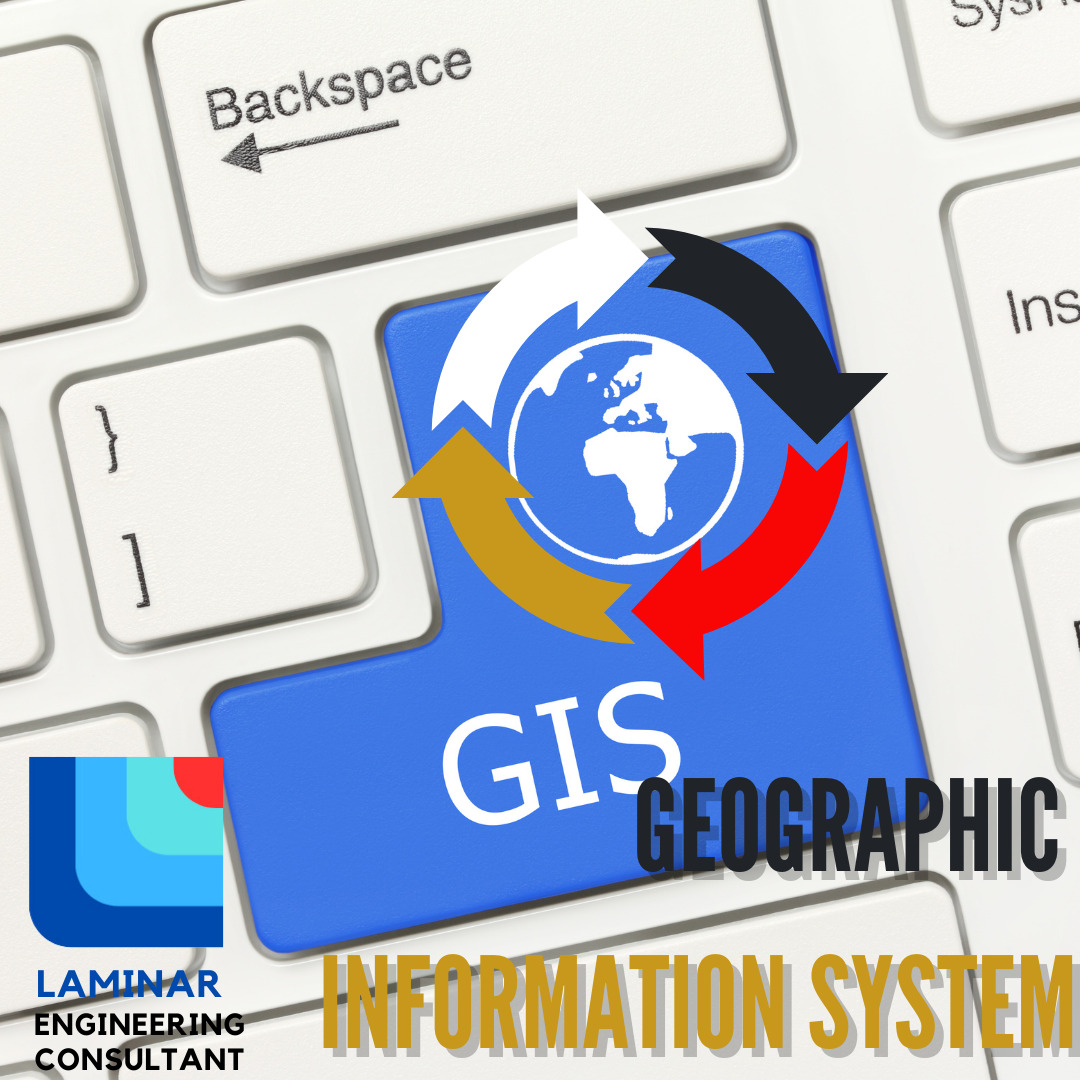Geographic data is one of the many important pieces of information for construction professionals. Before starting a project, this data is required to ensure that the location has the potential to support the sustainability of the project itself. Practically, engineers need several tools and techniques used to collect, analyze, and visualize geographic data. In the era before the internet was popular, experts and engineers used manual methods and tools. These ranged from paper maps and manual cartography, analog cartographic information systems, direct field surveys, aerial photography, transparent overlays, analog databases, to map production using offset printing.
Digitalization today demands that all lines of industry develop and provide innovation in work processes. Geographic Information System (GIS) is one of the many technologies developed to facilitate work in project execution. GIS is a computer system capable of building, storing, managing, and displaying geographic information about an area. GIS was first popularized in 1967 by the father of GIS from England, Roger Tomlinson. It was introduced in Ottawa, the capital of Canada, with the primary objective of studying land conditions, calculating land areas, and conducting geographic mapping.
The fundamental question is, why is it important to understand GIS? And why should we use GIS? Experts agree that there are at least three fundamental reasons for using GIS as a geographic measurement tool: clear and accurate data management, more efficient data analysis (meaning that many stages can be completed in one activity), and simplifying complex data displays into simpler forms.
The output generated by GIS includes Attribute Data, which are data found at a location that describes information. Examples include forests, fields, rice paddies, and cities. Next, there is Spatial Data, which shows space, location, or places on the earth’s surface. Spatial data is presented in two forms or models: raster/grid and vector/point. To obtain these two types of data, several steps are required:
- Input, which includes the initial data entry (database) from sources like field research, government offices, maps, and remote sensing imagery data. • Process, which functions to store, manipulate, and analyze the data stored in the computer. The types of analyses include width analysis, arithmetic sum analysis, and surface line analysis.
- Output in the form of printed maps (hard copy), soft copy records, and displays.

